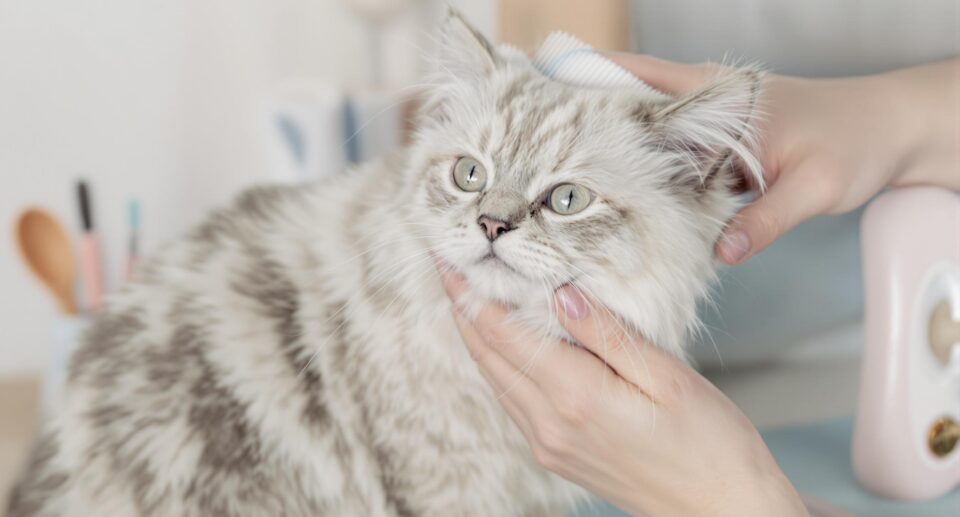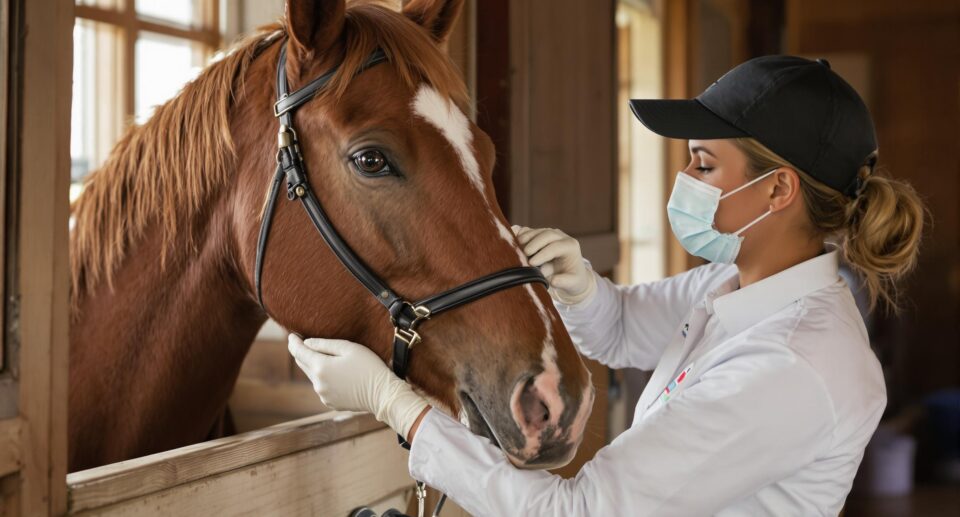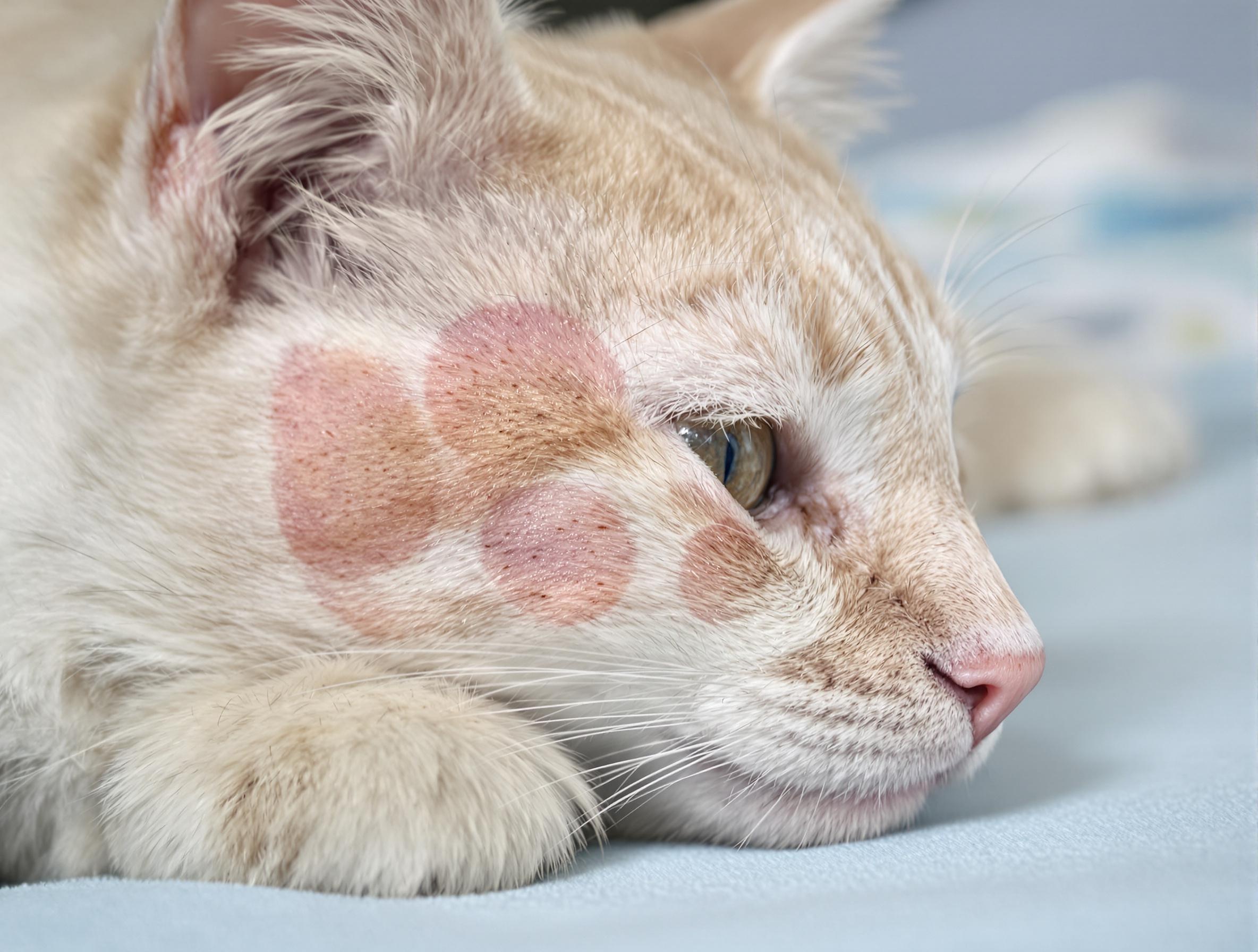Hair Loss Treatment for Cats

Specific treatments for hair loss in pets will depend on the underlying cause. When encountering a patient with hair loss, veterinarians will take careful notes of the breed/age of the pet, as well as ask historical information from the pet owner.
For pets less than one year old, or pets that have been adopted from a rescue/shelter, veterinarians will often perform a skin scrape to evaluate for skin mites such as demodex or scabies. Your veterinarian may also shine a special lamp known as a Wood’s Lamp over your pet’s affected area to see if it fluoresces, which could indicate ringworm. Further, a fungal culture may also be performed.
Adult pets who are itching and/or pulling their fur out causing the hair loss, veterinarians will often use a flea comb on the pet to see if flea bite allergies may be causing the hair loss. Dietary history as well as seasonal variations in hair loss may indicate atopy or possible food allergies. Depending on the dermatologic workup done on a particular pet, treatments will vary but may include incorporating prescription products such as topical Revolution or other products like Nexgard or Simparica.
If an allergic skin disease is diagnosed as the cause of hair loss, novel or hydrolyzed protein diets may be suggested for a few months to see if food allergies are involved, as well as medications such as prescription antihistamines, including Prednisone or Temaril-P, or allergy medications, Atopica or Apoquel.
With allergic causes of hair loss, pets may often have secondary bacterial and/or yeast infections from their itching, and in those cases special shampoos such as Ketochlor, or Malaseb shampoo may be used, as well as prescription antibiotics or antifungal agents.





